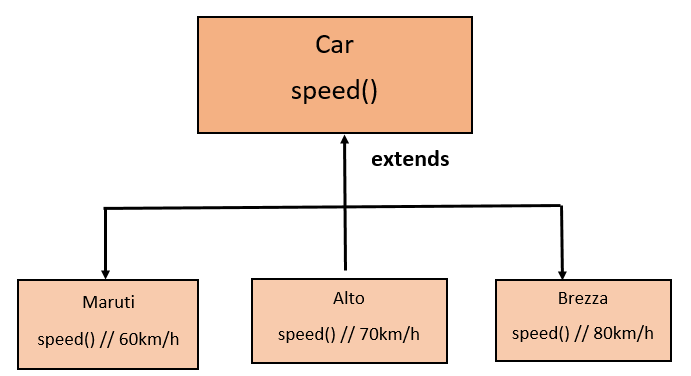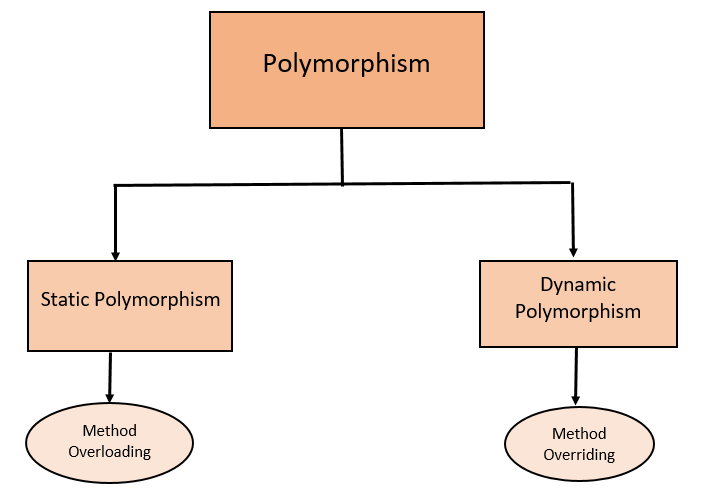
Polymorphism is an important concept in object oriented programming. In this tutorial, you'll learn about the different types of polymorphism and see some real world examples.
Polymorphism is a way for objects to change their behavior based on how they're used. It's also called "duck typing" because it allows you to treat objects like ducks.
Polymorphism is one of the key concepts in object oriented programming (OOP). OOP is a programming paradigm where classes represent things and methods represent actions. A class defines what something looks like and how it behaves. Methods tell the class how to behave when it interacts with other classes.
There are three main kinds of polymorphism: static, dynamic, and virtual. Static polymorphism means that the same method name is used for multiple objects. Dynamic polymorphism means that each instance has its own unique method. Virtual polymorphism means that the method is not defined at compile time, but rather at runtime.

You can overload methods by using the same method name with different parameters. This allows you to use one method for several purposes. For example, you might have a method called add(int) that adds two numbers together. However, you also need a method called add(double) that adds two doubles together.
An interface defines a set of methods that must be implemented by classes that inherit from it. If a class implements an interface, then it has to implement all of its methods.
A class can also extend another class. This means that one class inherits the properties and behavior of another class. You can think of inheritance as being similar to having children. Children are born with certain characteristics, such as hair color, height, and intelligence. They inherit those traits from their parents.